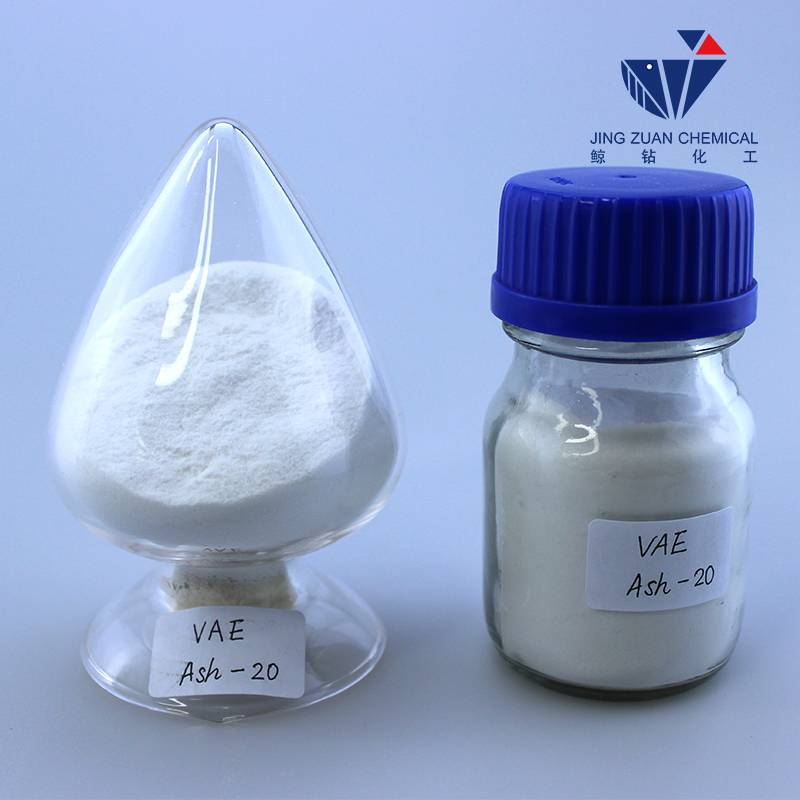
aug . 01, 2024 00:46 Back to list
Understanding the Properties and Applications of Hydroxypropyl Methyl Cellulose in Various Industries
Understanding Hydroxypropyl Methyl Cellulose A Comprehensive Overview
Hydroxypropyl Methyl Cellulose (HPMC) is a chemically modified cellulose polymer that has found extensive applications in various industries due to its unique properties. As a non-ionic, water-soluble compound, HPMC is derived from cellulose, a natural polymer found in plant cell walls. Its modification involves the reaction of cellulose with propylene oxide and methyl chloride, which introduces hydroxypropyl and methyl groups along the cellulose backbone. This alteration significantly enhances its functional characteristics, making it a versatile ingredient in a myriad of formulations.
Understanding Hydroxypropyl Methyl Cellulose A Comprehensive Overview
In food manufacturing, HPMC plays a significant role as a food additive. It is commonly used to improve texture and consistency, acting as a thickener, emulsifier, and even a fat replacer in low-calorie products. Its ability to retain moisture makes it particularly valuable in baked goods, extending shelf life while enhancing the mouthfeel of the products. Furthermore, HPMC is recognized as a safe food ingredient and is generally regarded as safe (GRAS) by the U.S. Food and Drug Administration (FDA), which bolsters its wide acceptance in the food industry.
what is hydroxypropyl methyl cellulose

The construction industry also benefits from the properties of HPMC. It is frequently incorporated into cement-based formulations such as mortar and plaster. In this context, HPMC improves workability, increases water retention, and enhances adhesion to surfaces. These qualities are essential for achieving optimal performance of construction materials, especially in challenging environments where effective bonding and hydration are crucial.
In addition to its functional applications, HPMC is valued for its compatibility with a range of other substances. It can be blended with various other polymers and compounds, facilitating the creation of specialized formulations tailored to specific applications. This versatility has led to its popularity in skincare and cosmetic products. HPMC is often included as a thickening agent in creams and lotions, providing a desirable texture while enhancing the stability of the product.
Safety considerations are paramount when discussing any chemical compound. HPMC is considered safe for use under normal conditions, with a low toxicity profile. It does not irritate the skin or mucous membranes and has a minimal allergenic potential. Nevertheless, like any substance, it should be used in accordance with established guidelines to ensure safety and efficacy.
In conclusion, Hydroxypropyl Methyl Cellulose stands out as a multifunctional polymer with a broad range of applications across several industries. From pharmaceuticals to food production and construction, HPMC’s unique properties make it an invaluable ingredient in many formulations. As research continues and industries evolve, the potential uses of this versatile compound are likely to expand, further establishing its importance in modern manufacturing and product development.
-
The Widespread Application of Redispersible Powder in Construction and Building Materials
NewsMay.16,2025
-
The Widespread Application of Hpmc in the Detergent Industry
NewsMay.16,2025
-
The Main Applications of Hydroxyethyl Cellulose in Paints and Coatings
NewsMay.16,2025
-
Mortar Bonding Agent: the Key to Enhancing the Adhesion Between New and Old Mortar Layers and Between Mortar and Different Substrates
NewsMay.16,2025
-
HPMC: Application as a thickener and excipient
NewsMay.16,2025
-
Hec Cellulose Cellulose: Multi functional dispersants and high-efficiency thickeners
NewsMay.16,2025







